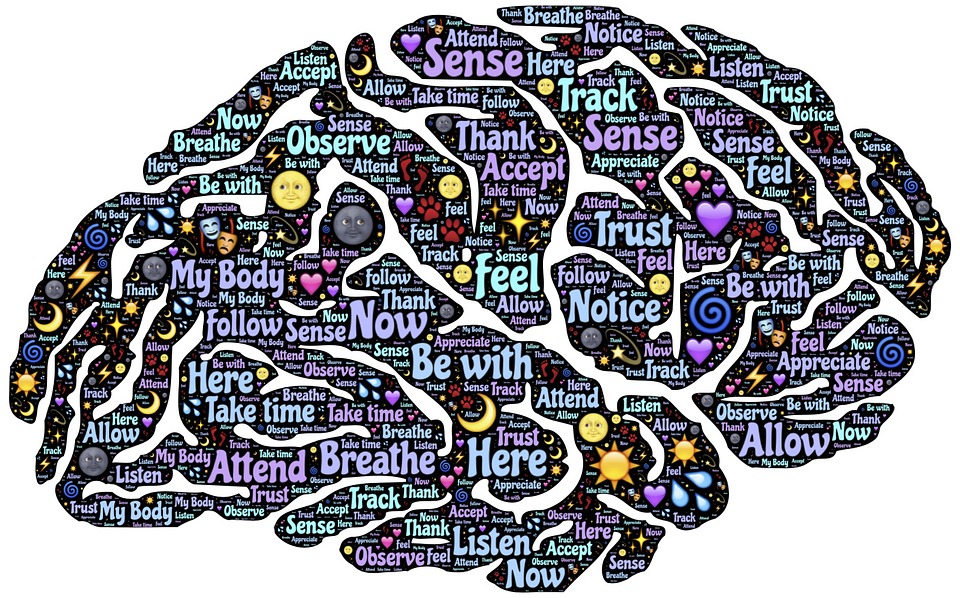At the end of every P.E. class, WIS students distance themselves from everyday anxiety through silent meditation.
Meditation is a common way to practice mindfulness, which is “the basic human ability to be fully present, aware of where we are and what we’re doing, and not overly reactive or overwhelmed by what’s going on around us,” according to Mindful.org.
There are several science-backed benefits of mindfulness, according to the APA. Among them is stress reduction, boosts to working memory, improved focus and attention, an enhanced ability to suppress distractions, and better problem-solving skills.
It’s a time to “relax, lay down, [and be] present with the current moment,” according to Middle and Upper School P.E. teacher Joe Hannah.
P.E. teachers began recommending students to try meditating on their own at the start of virtual learning in March 2020.
“We thought that it would be good for the students [to] engage in this,” Hannah said. “Based on studies and research, there’s a number of benefits that could come out of mindfulness.”
There’s a number of benefits that could come out of mindfulness.
Middle and Upper School P.E. teacher Joe Hannah
On the flip side, “something has gone wrong with the science of mindfulness,” one NIH article said. The article outlines two key faults: the first being the insufficient or inconclusive evidence for its benefits, and, second, the range of different experiences.
Many students have different opinions as to whether mindfulness is helpful or not. “It calms you down after PE,” seventh-grader Hannah McVean said. “It relaxes you.”
“I’m pretty sure I almost fell asleep [the first] time [because] I found it pretty boring,” freshman Elektra Gea-Sereti said.
At first, many students were shocked or surprised, and it took them a while to warm up to the idea of mindfulness. However, despite initial hesitation, many students have begun to appreciate those 10 minutes of mindful meditation at the end of each class.
“I think it’s a valuable skill to have, and I think it was a good decision to incorporate it into the curriculum,” eight-grader Maddy Fine said.
“It’s just good for our mental health as students to just do nothing,” freshman Naomi Breuer said.
In fact, many students ended up liking or at least recognizing the potential benefits of mindfulness. Others, however, are still not convinced.
“I think it’s important, but I don’t think it works for every person,” Gea-Sereti said.
I think it’s important, but I don’t think it works for every person.
Freshman Elektra Gea-Sereti
“It feels like time that the PE teachers are just putting stuff away,” sixth-grader Jack Forrester said.
Hannah said he believes continuing with mindfulness after hybrid and online learning would be beneficial to keep the practice, but for a shorter time frame.
“We’re in the middle of a volleyball game during P.E., and then you tell me for the last ten minutes you have to sit down and remember everything you actually have to do, I wouldn’t want to keep it because I feel like actually doing physical activity is when I get my mind off [of] things,” Gea-Sereti said.

































































